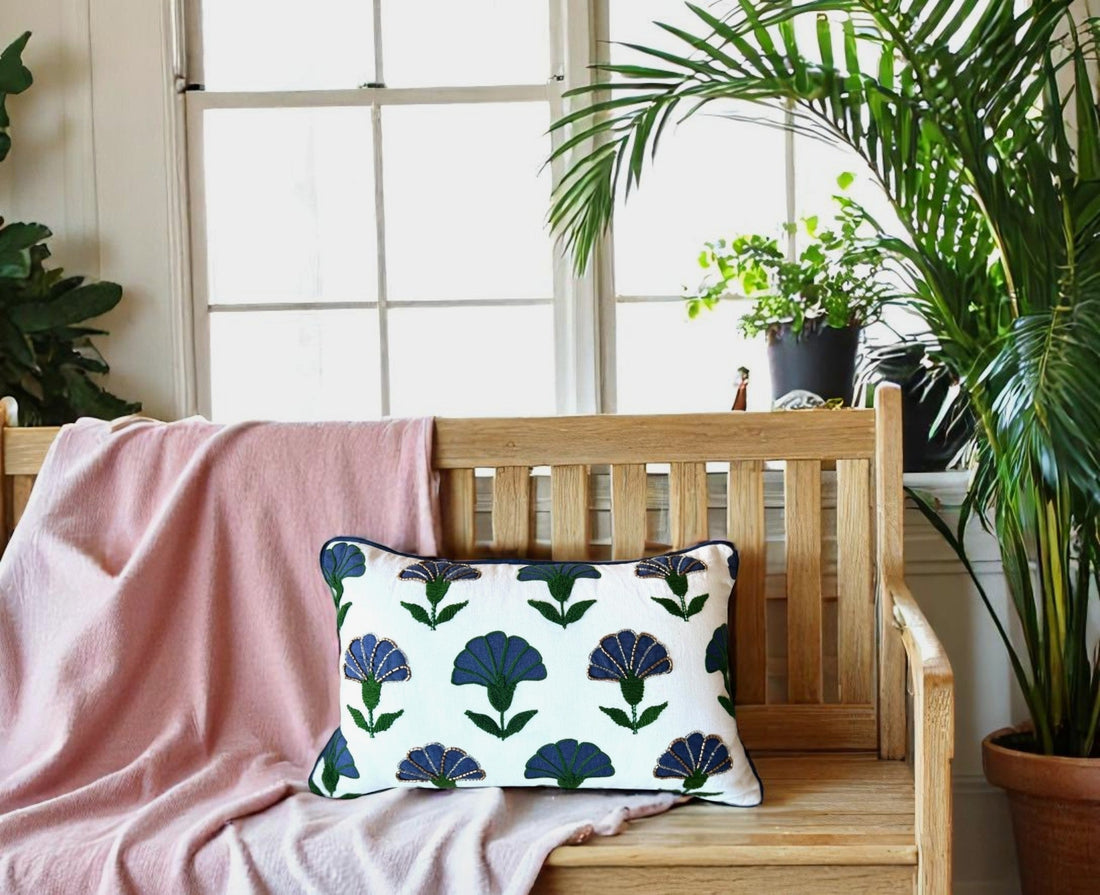Why Choosing the Right Color Palette Matters
A well-thought-out color palette enhances the ambiance of your space, reflects your personality, and creates a seamless flow from room to room. Whether you love bold hues or calming neutrals, understanding how colors interact will help you achieve a balanced and stylish home.
1. Understand Color Psychology
Colors have psychological effects that can impact mood and energy levels:
- Blue – Calming and serene, great for bedrooms and bathrooms.
- Yellow – Cheerful and warm, ideal for kitchens and dining areas.
- Green – Refreshing and natural, perfect for living rooms.
- Neutrals (White, Beige, Gray) – Versatile and timeless, great for a minimalist look.
👉 Watch this guide on color psychology: How to Choose a Home Interior Color Palette
2. Find Inspiration from Existing Elements
Before choosing colors, analyze what’s already in your home:
- Flooring and furniture tones
- Artwork and décor items
- Natural light exposure
These elements will help you determine complementary and contrasting colors.
3. Use the 60-30-10 Rule
A classic interior design principle:
- 60% – Dominant color (walls, large furniture)
- 30% – Secondary color (curtains, upholstery, rugs)
- 10% – Accent color (decor pieces, artwork, pillows)
👉 Check out our collection of accent throws and accent pillows for that pop of color.
4. Test Before You Commit
Use sample swatches and test colors in different lighting conditions. Natural light can significantly alter how a color appears throughout the day.
5. Consider Current Color Trends
While trends can be inspiring, choose a palette that resonates with your personal style. Earthy tones, soft pastels, and nature-inspired greens are currently popular.

